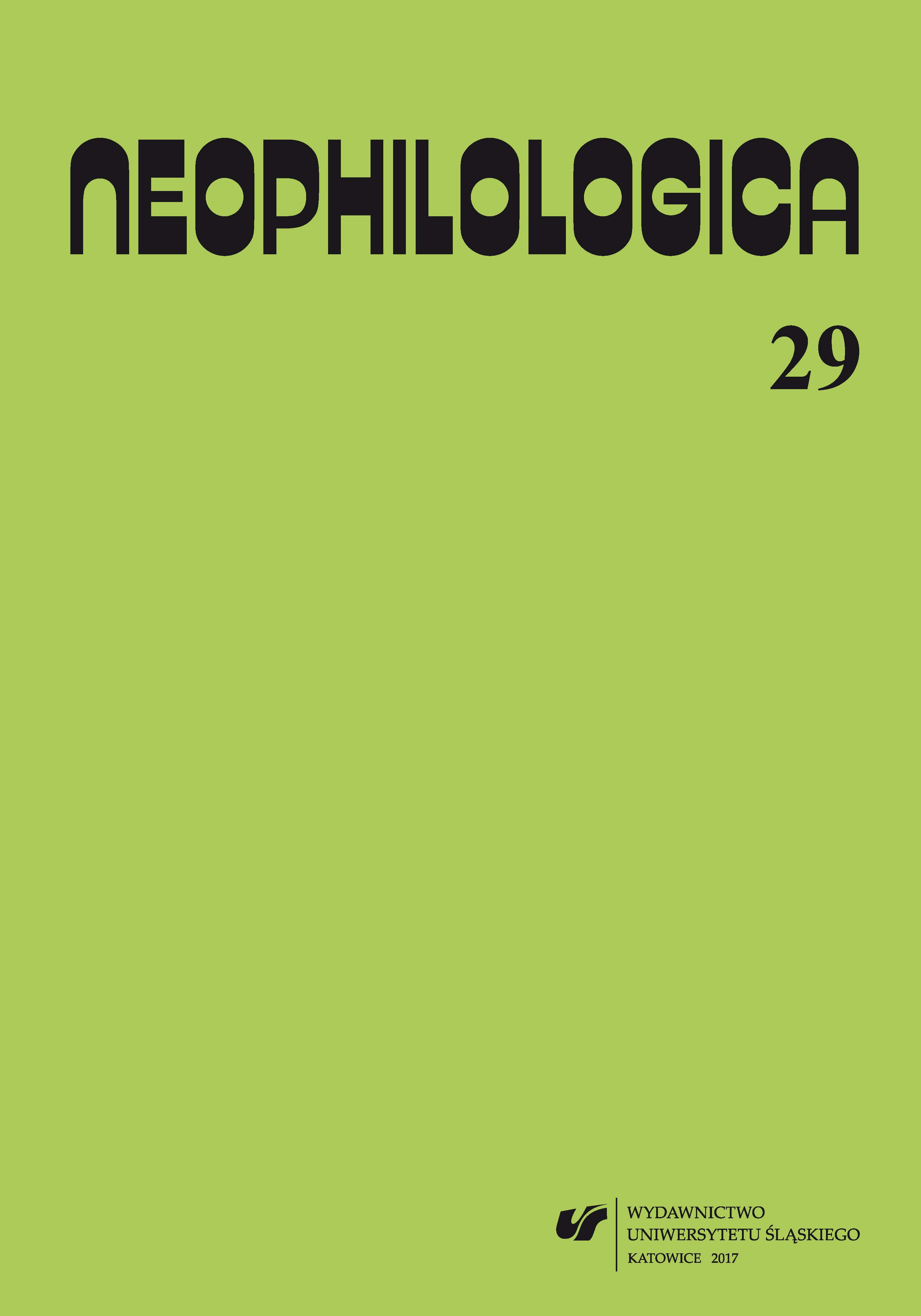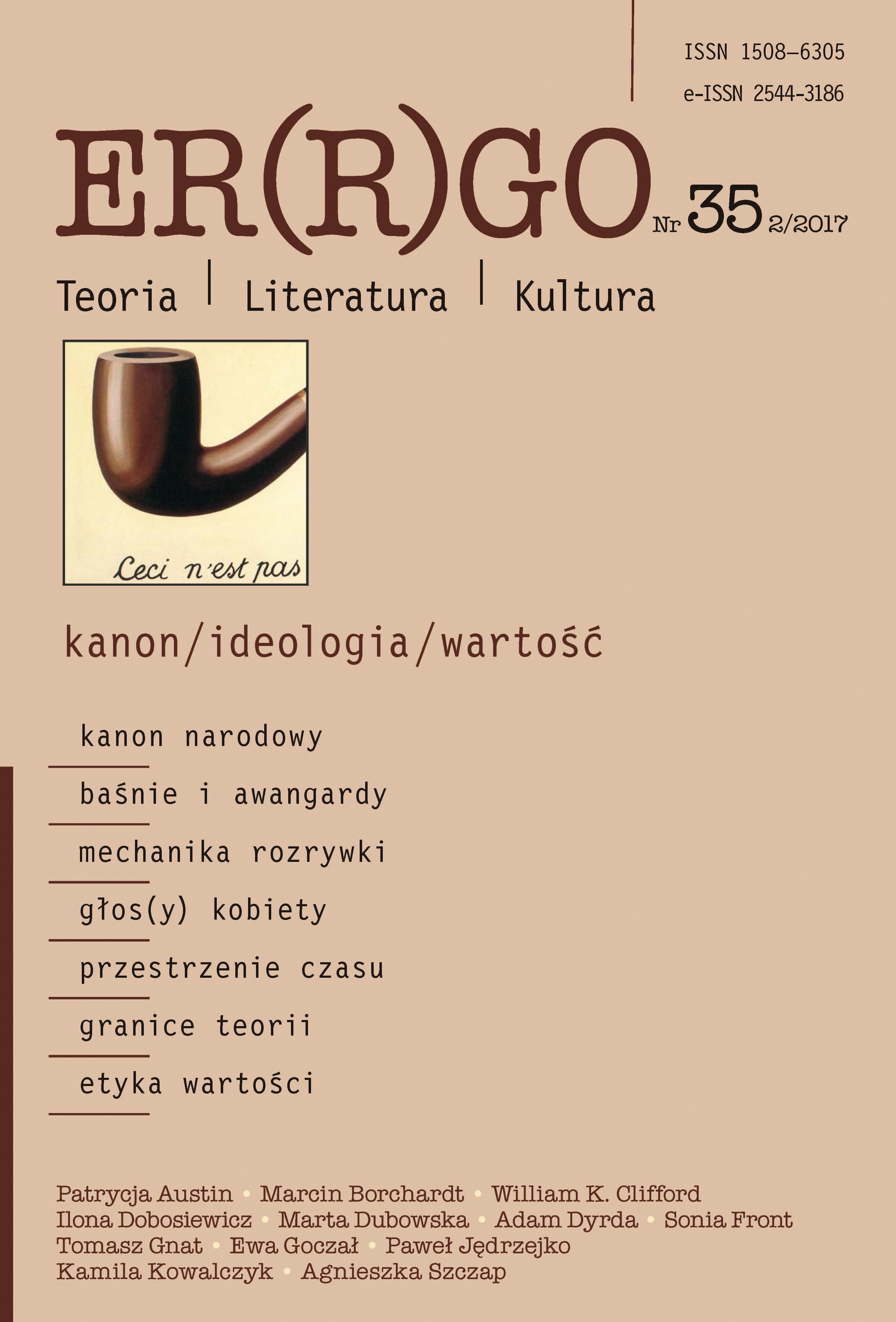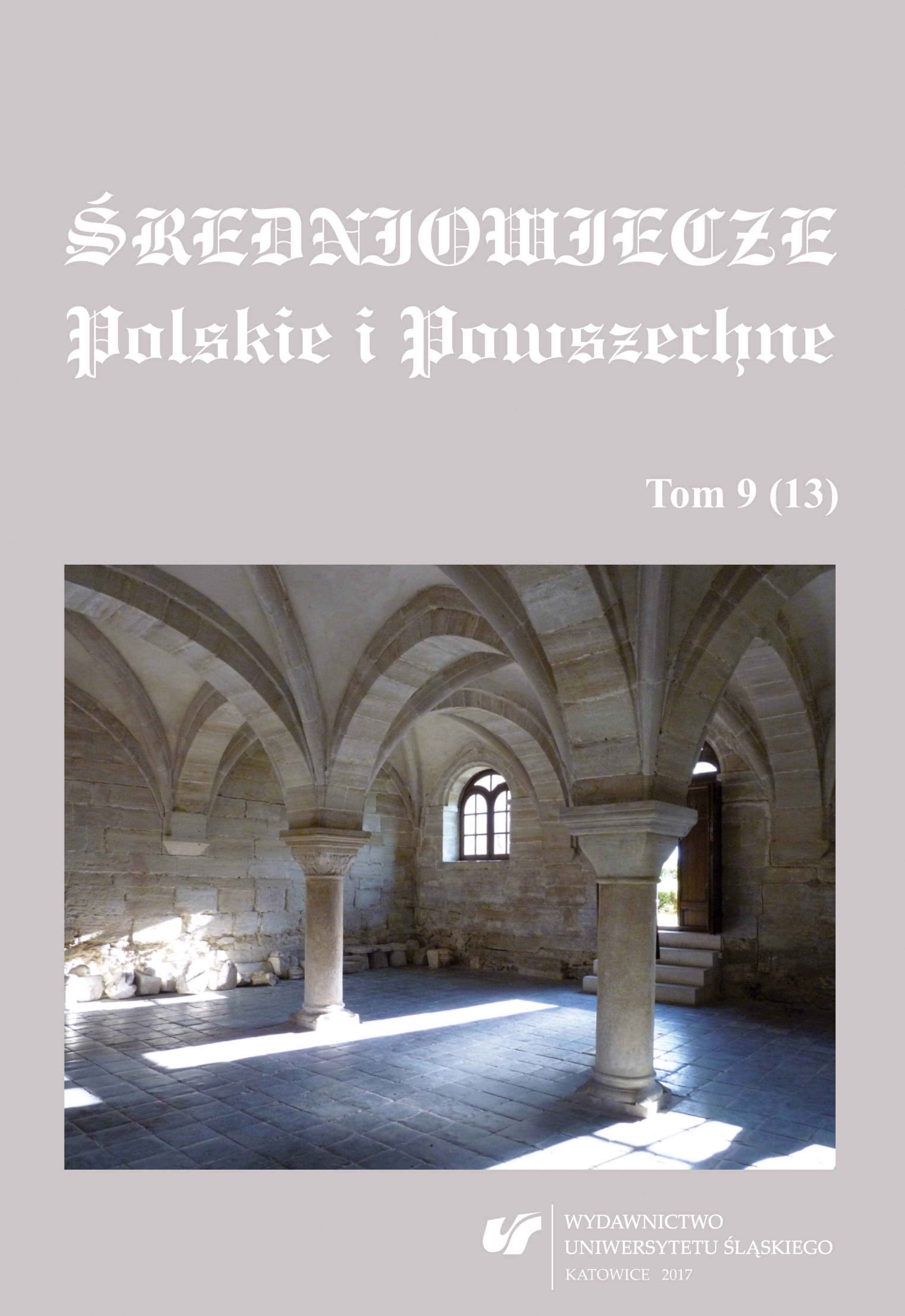
À propos de la détermination dans la traduction automatique
Although the resolution of lexico-semantic problems appears to be more important in machine translation (MT), the processing of actualisation is necessary to generate coherent and correct texts. In the text, we analyse the MT from the point of view of the use of the determinants with a privileged place given to the article. In order to do so, we compare the MT of dedication to the Petit Prince of A. de Saint-Exupéry, and its Czech and Polish human translations, first of all between two languages with articles (French and Spanish or English) and then between a language with articles (French) and another one without articles (Polish and Czech). A MT between two languages with articles often gives a satisfactory result. A TA from French (a language with articles) into Czech and Polish (languages without articles) is already much more erroneous. And it is in the TA of Czech and Polish into French where we find a considerable number of errors concerning not only articles, but also demonstrative and possessive determinants.
More...

